In May’s Monthly Oil Market Report, OPEC rated both 2018 oil supply and demand forecasts.
For 2018, oil demand growth is forecast to increase by around 1.65mb/d to average 98.85 mb/d. Growth was revised higher from prior month by 25tb/d. China is anticipated to lead oil demand growth in 2018, followed by Other Asia and OECD Americas. Non-OPEC supply growth was revised up by 0.01mbs in 2018 to 1.75mb/d, averaging 59.62mb/d in total. Meanwhile, OPEC production rose 12tb/d to average 31.93mb/d in April.
In the section regarding world economy, OPEC warned of the risk of development in trade relations. In particular, it “the latest rounds of US sanctions on Russia, tariffs on Chinese products in combination with considerable requests by the US in trade negotiations with China, US tariffs on steel and aluminium, prolonged North American Free Trade Agreement (NAFTA) negotiations, as well as the US withdrawal from the Joint Comprehensive Plan of Action (JCPOA) with IR Iran all point to rising uncertainty.
Full report can be found here.




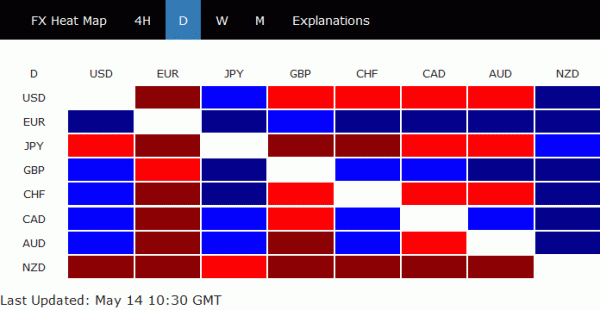
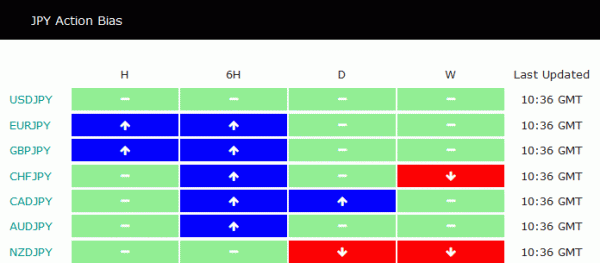
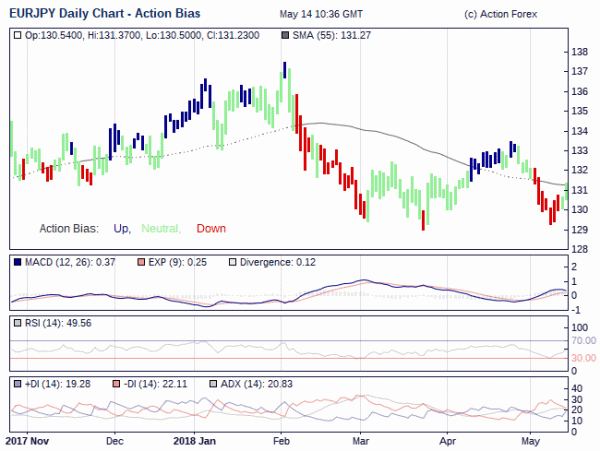
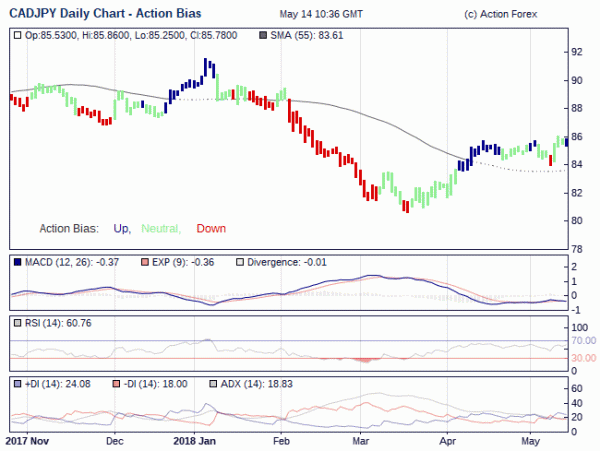
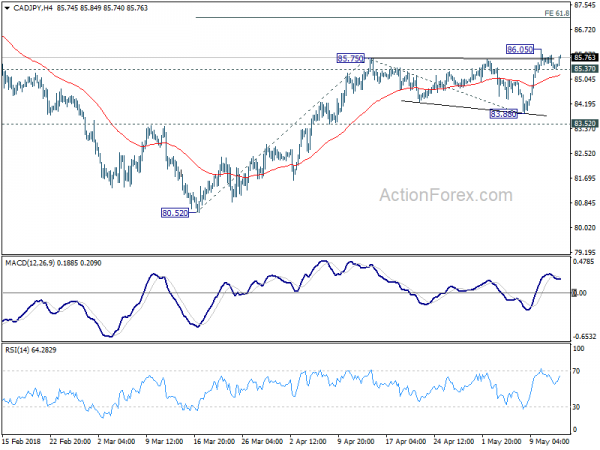
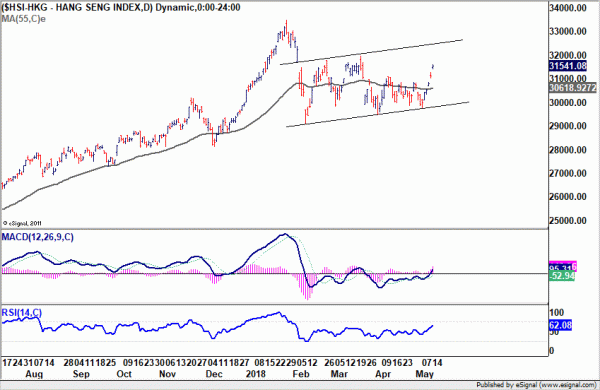
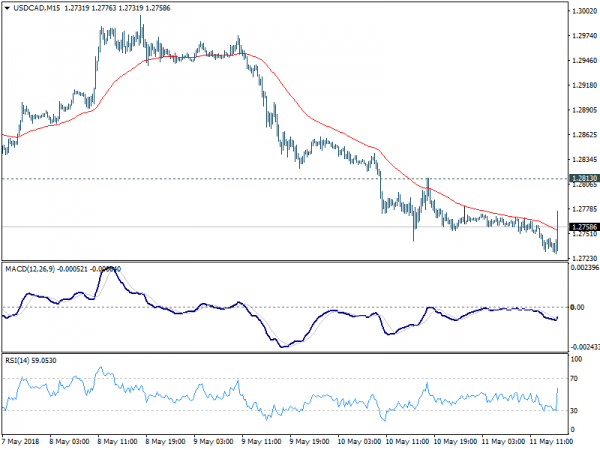
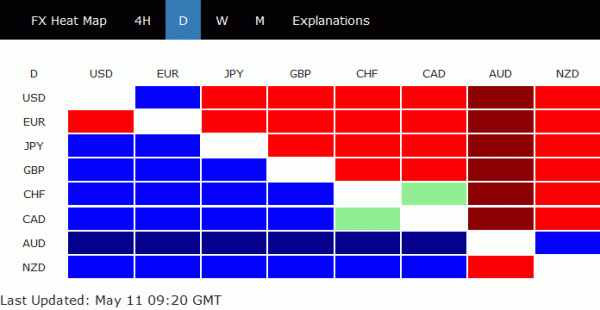
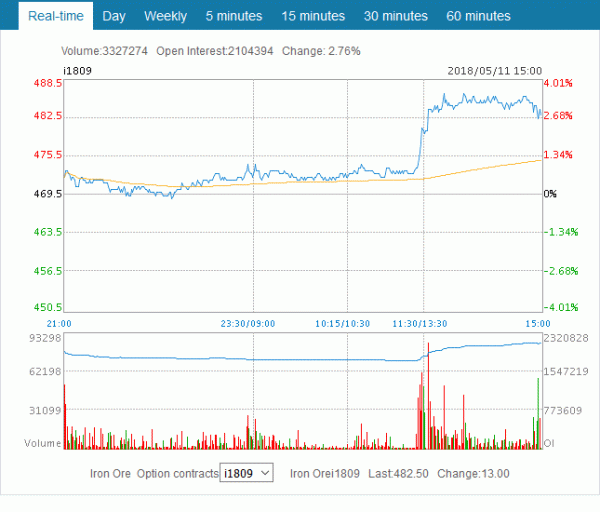
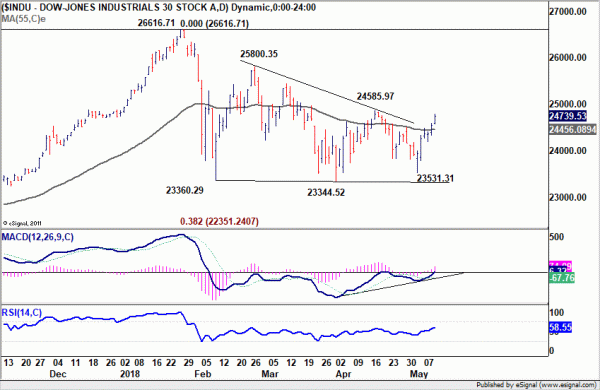
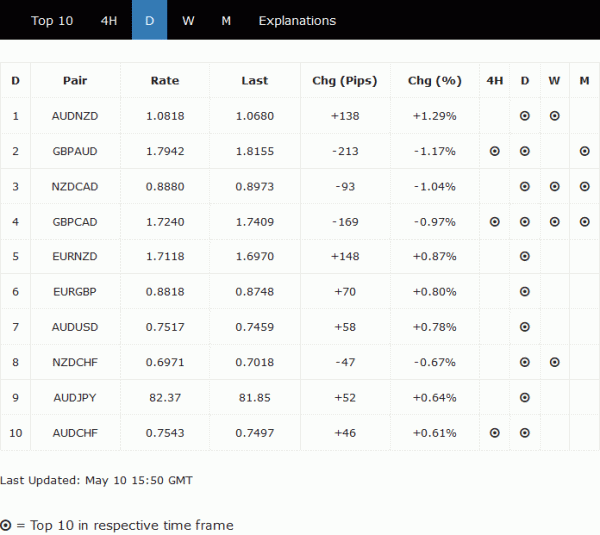
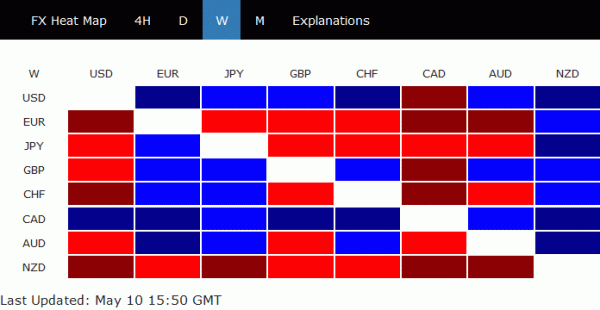
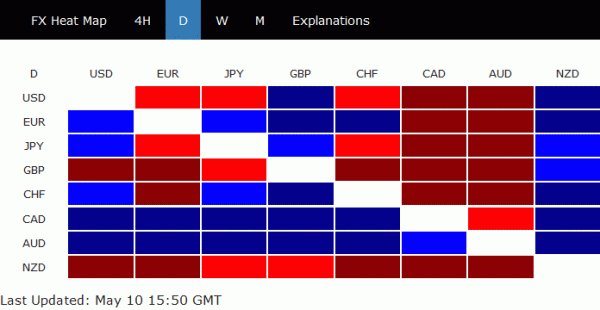
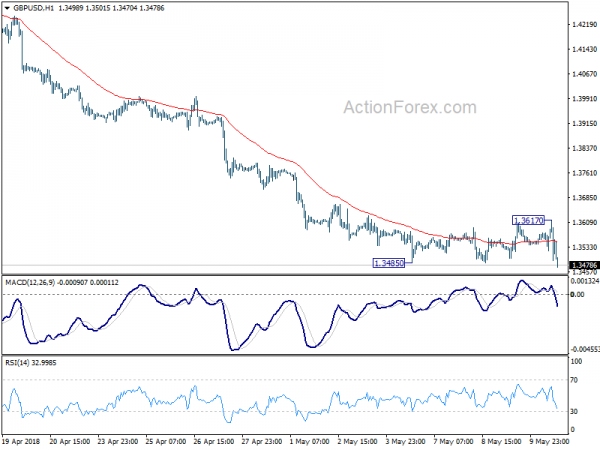
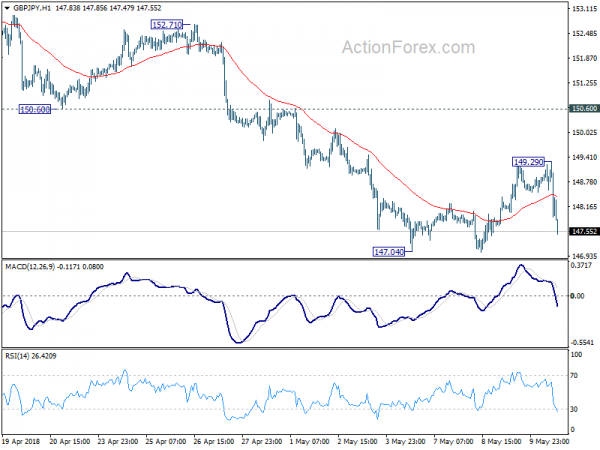
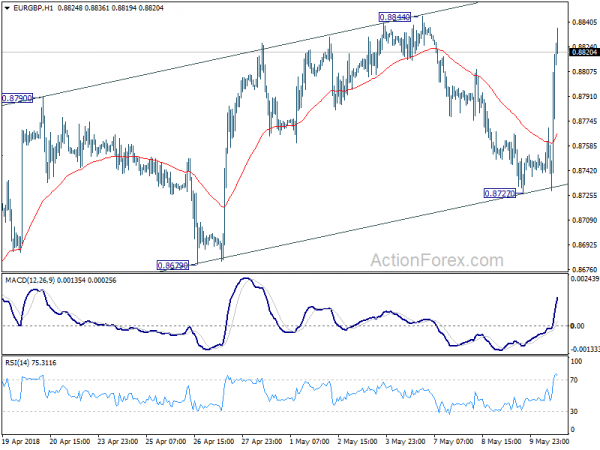

Dow shrugs off yield rise, heading to 25000
DOW opens higher on some optimism over US-China trade talk. Rise in treasury yields is shrugged off by investors. 10 year yield is back above 2.99 and hit at high as 2.997 so far. But there is no impact on stocks so far.
For now 25000 is the next handle to overcome. But based on current momentum, the real hurdle is between 25800.35 resistance and 78.6% retracement of 26616.71 to 23360.29 at 25919.83. We’ll keep monitoring the momentum to see if rise from 23531.31 is developing into an impulsive move to resume the larger up trend. For now, it’s early to tell.